What Are the Hottest Digital VR Machine Experience Rooms for 2024?
The Hottest VR Gaming Machine Experience
One of the most exciting developments in VR technology is the VR gaming machine experience. These machines offer unparalleled immersion, making players feel as if they are truly part of the game.
Key Features:
- High-Resolution Displays: Provide clear and detailed visuals.
- Motion Tracking: Ensures accurate and responsive gameplay.
- Haptic Feedback: Adds a tactile dimension to the experience.
Popular VR Gaming Machines:
- Oculus Quest 3: Known for its wireless freedom and powerful performance.
- HTC Vive Pro 2: Offers high-resolution displays and precise motion tracking.
- PlayStation VR2: Combines powerful hardware with a vast library of games.
These machines represent the pinnacle of VR gaming technology, providing an immersive experience that is hard to beat.
Exploring the VR 5D Cinema Machine
The VR 5D cinema machine takes the traditional movie-watching experience to a new level by incorporating elements like motion, wind, and scent.
Features of a 5D Cinema Machine:
- Motion Seats: Move in sync with the action on screen.
- Environmental Effects: Includes wind, rain, and scent to enhance immersion.
- High-Quality Audio and Visuals: Ensures a captivating cinematic experience.
Benefits:
- Increased Engagement: Audiences are more likely to be engaged with the film.
- Memorable Experiences: Creates unique and memorable entertainment.
- Versatility: Suitable for a variety of content, from movies to educational experiences.
Investing in a VR 5D cinema machine can be a great way to attract customers and provide a unique entertainment option.
The 4 Player VR Shooting Game Machine System
Multiplayer VR experiences are gaining popularity, and the 4-player VR shooting game machine system is at the forefront of this trend.
Advantages:
- Social Interaction: Allows players to interact and cooperate within the game.
- Competitive Fun: Adds a competitive element that enhances engagement.
- Immersive Gameplay: Features advanced motion tracking and realistic environments.
Popular Systems:
- Zero Latency: Known for its large-scale multiplayer experiences.
- Sandbox VR: Offers high-quality graphics and immersive gameplay.
- VRcade Arena: Provides a flexible and scalable solution for multiplayer VR.
These systems are ideal for entertainment venues looking to offer thrilling and engaging multiplayer VR experiences.
VR Racing Motorcycle Simulation Race Game
For those who crave speed and excitement, VR racing motorcycle simulation race games provide a thrilling experience.
Features:
- Realistic Controls: Includes handlebars, throttle, and brake controls.
- Immersive Environments: High-quality graphics and realistic sound effects.
- Motion Feedback: Simulates the physical sensations of racing.
Top Choices:
- VRX Moto: Known for its realistic controls and immersive environments.
- Moto Trainer VR: Offers a comprehensive racing experience with detailed tracks and responsive feedback.
- Triotech’s VR Racing: Combines high-quality visuals with dynamic motion feedback.
These simulators provide an adrenaline-pumping experience that is perfect for VR arcades and entertainment venues.
Setting Up a Digital VR Gaming Machine Venue
Creating a digital VR gaming machine venue requires careful planning and the right equipment. Here are some key considerations:
Planning and Layout:
- Space Requirements: Ensure there is enough space for multiple VR setups and safe movement.
- Electrical Needs: Plan for the power requirements of all VR equipment.
- Comfort and Safety: Provide comfortable seating and ensure safety measures are in place.
Essential Equipment:
- VR Headsets: Choose the latest models for the best experience.
- Motion Sensors: Ensure accurate tracking and responsiveness.
- Audio Systems: Invest in high-quality sound systems for immersive audio.
Supplier Recommendations:
- Oculus: Offers a range of VR headsets suitable for various setups.
- HTC Vive: Known for high-quality VR systems and accessories.
- Sony PlayStation VR: Provides a comprehensive VR experience with a robust game library.
By carefully selecting the right equipment and planning your layout, you can create a top-notch VR gaming venue that attracts and delights customers.


What is the best VR headset for gaming in 2024?
The best VR headset for gaming depends on your preferences, but popular options include Oculus Quest 3, HTC Vive Pro 2, and PlayStation VR2.

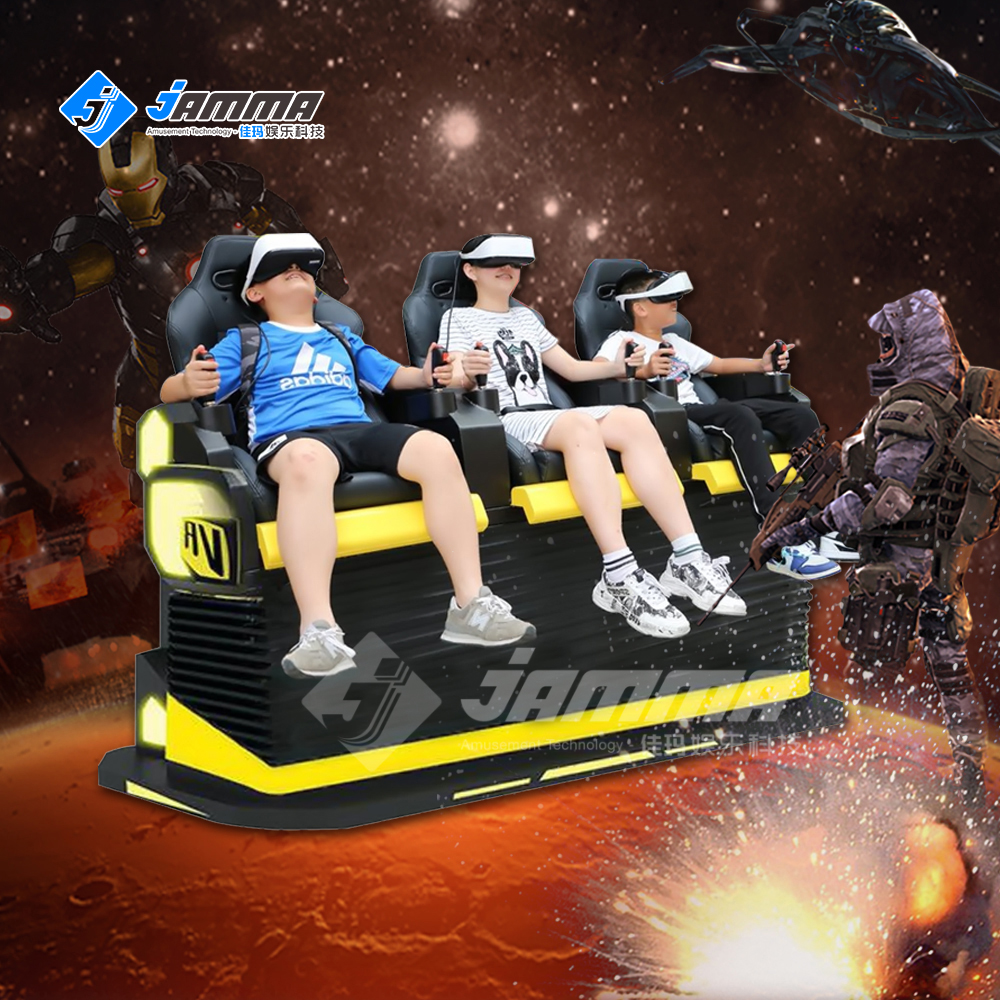
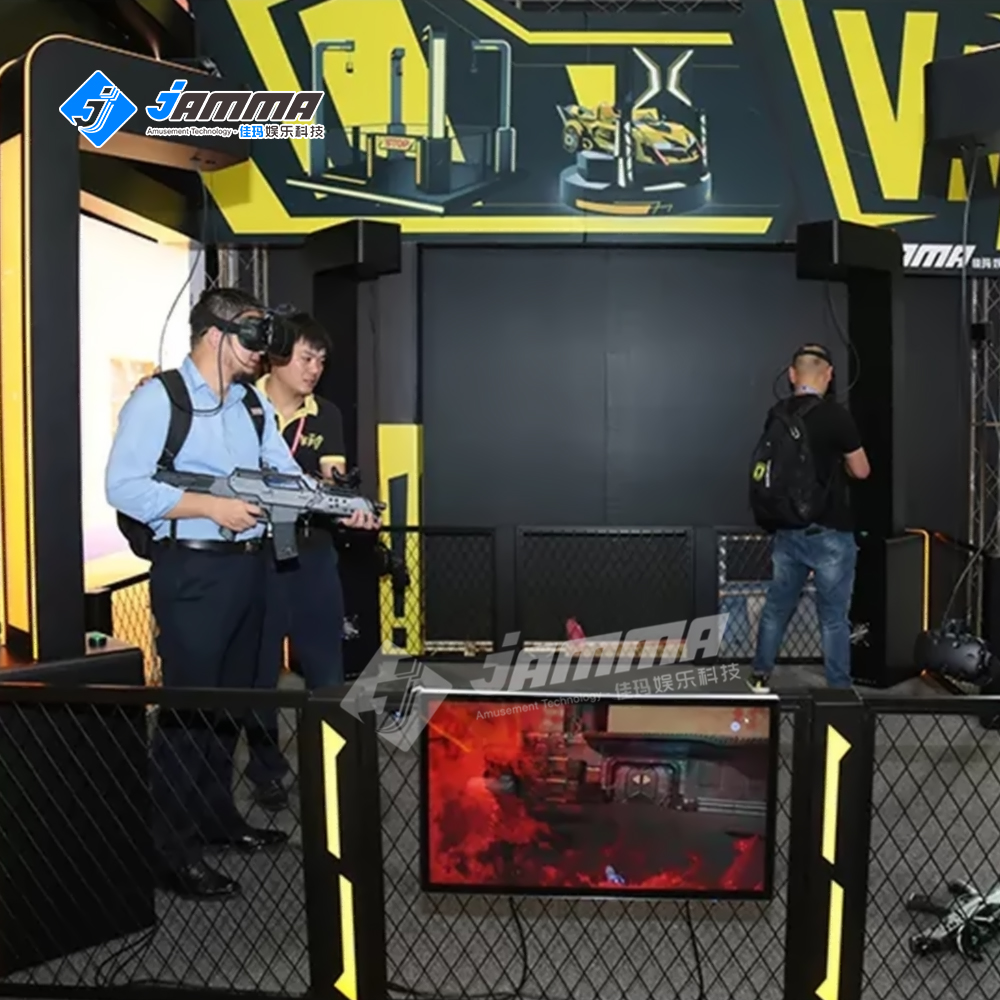
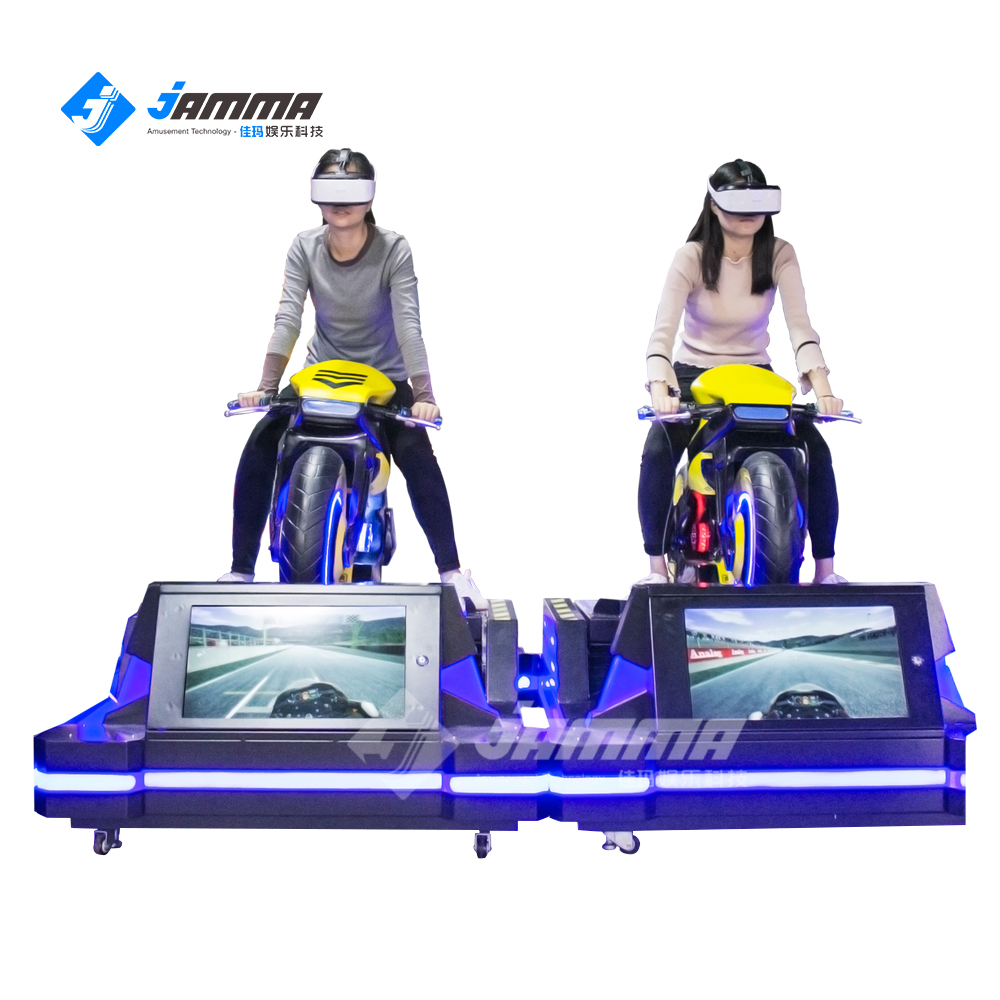

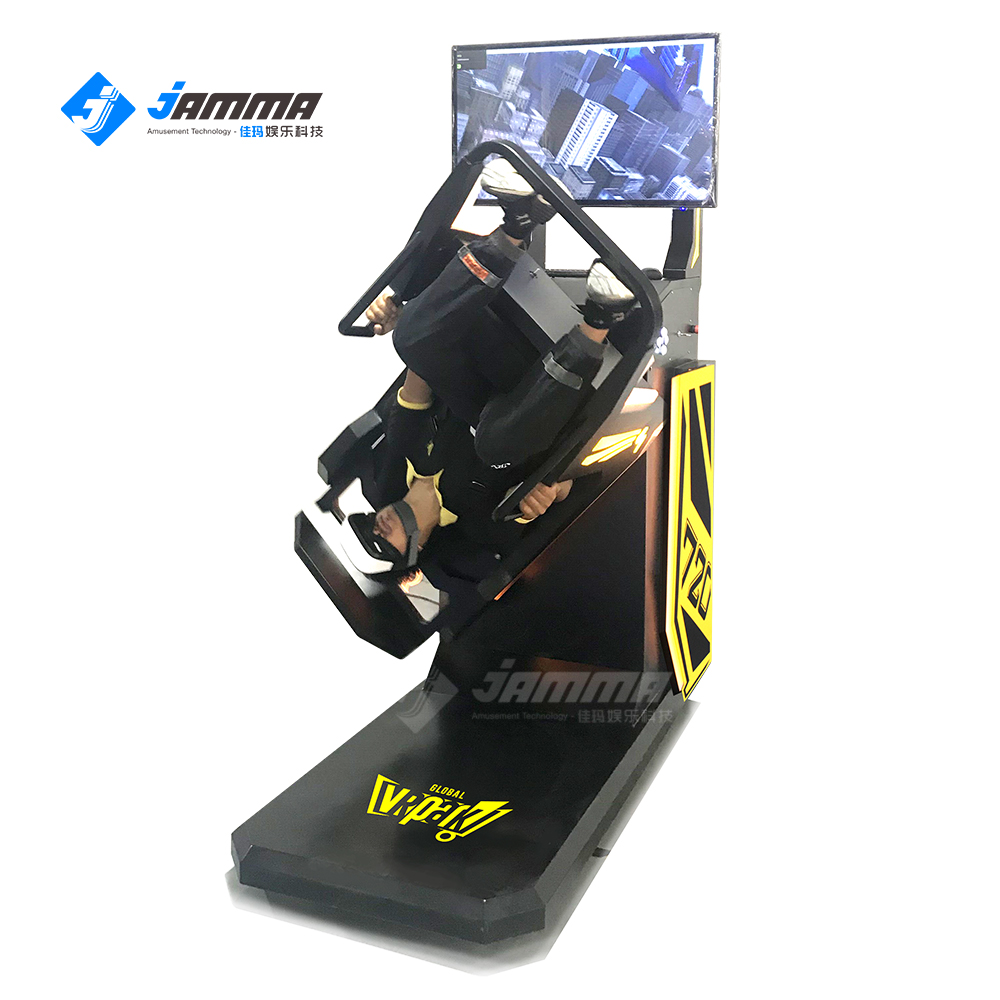
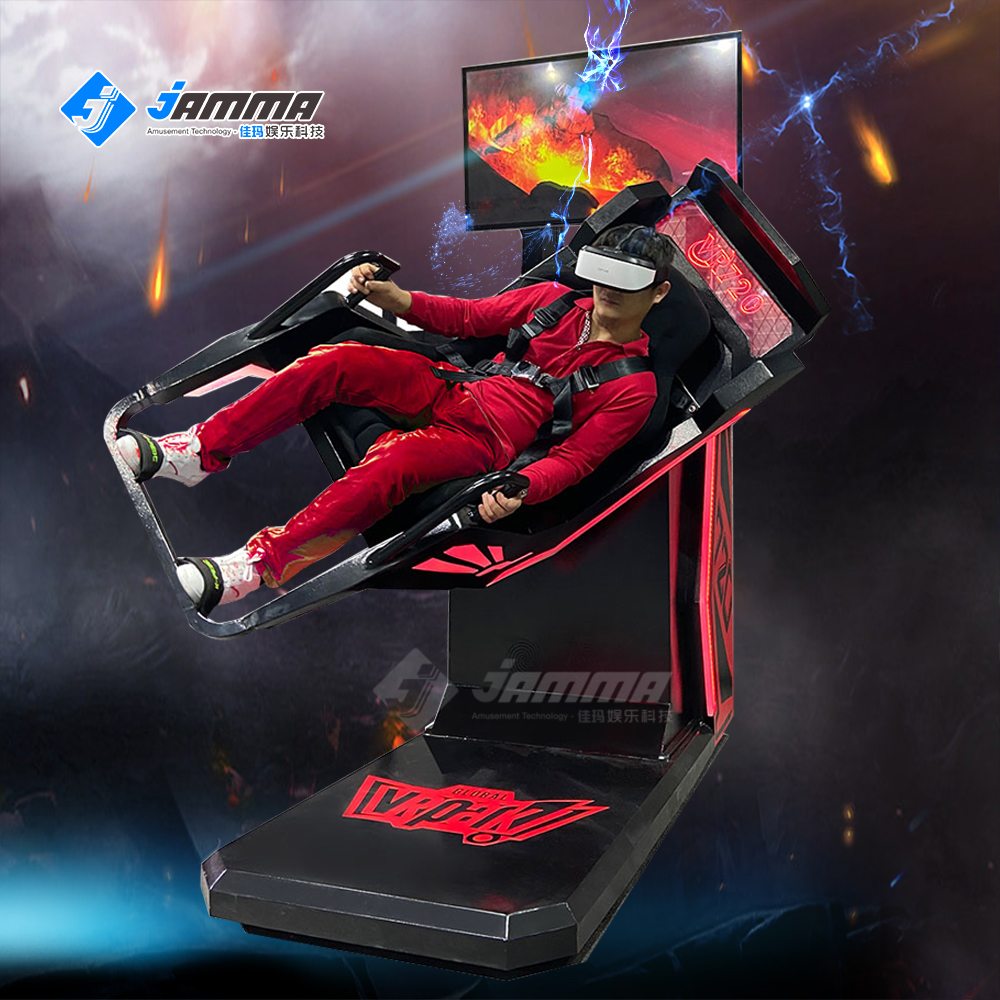




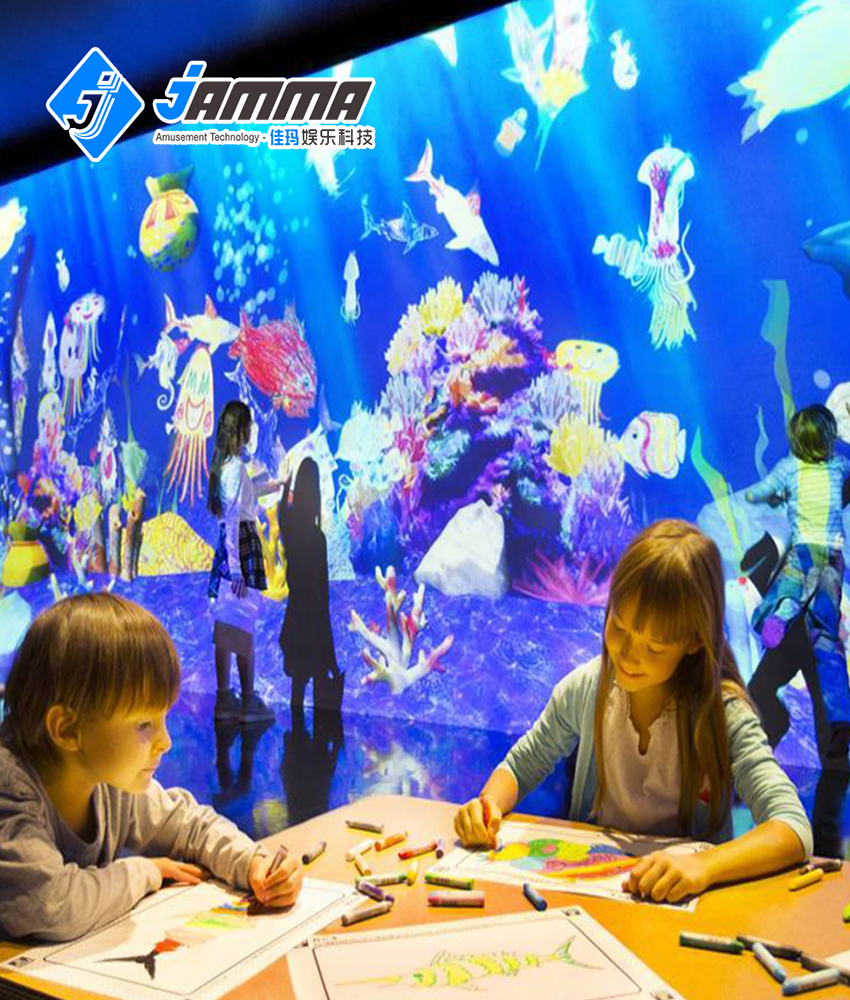


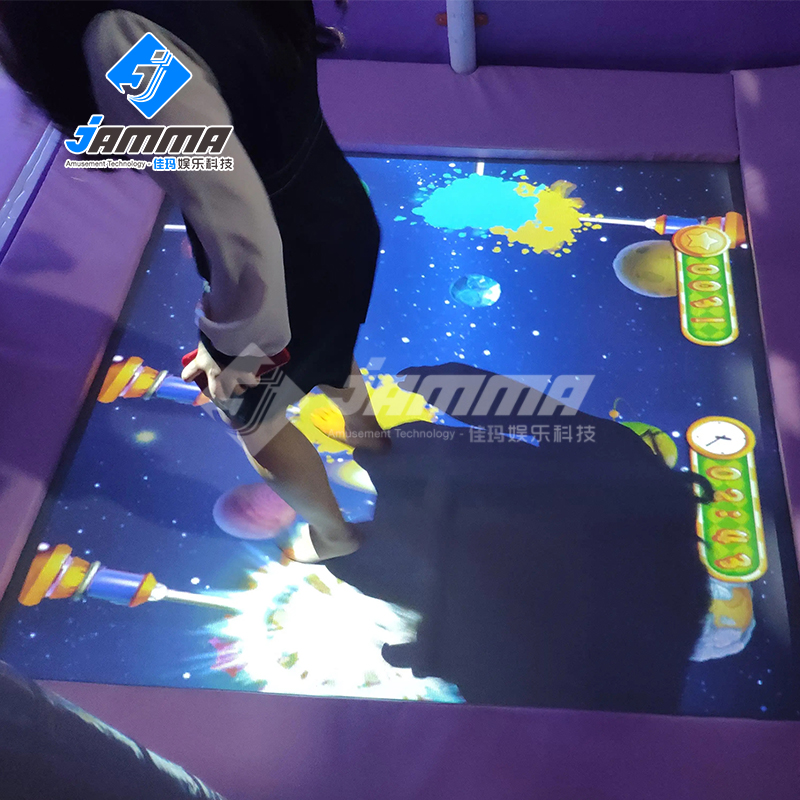









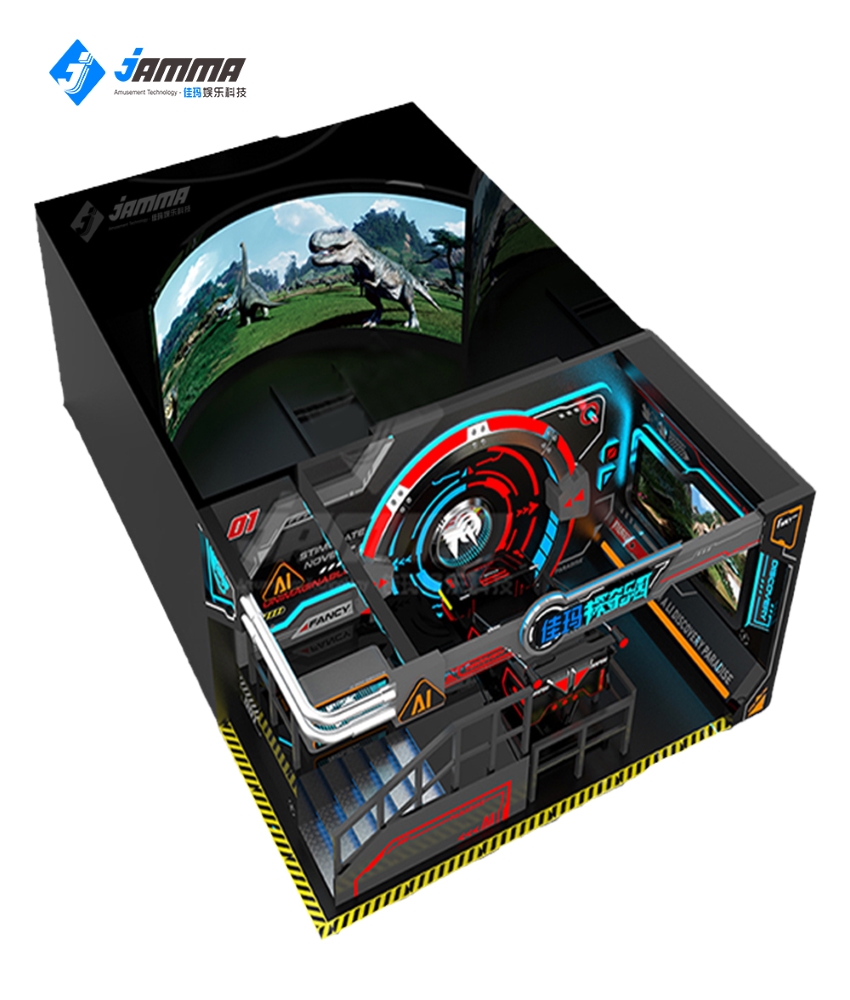








Recent Comments